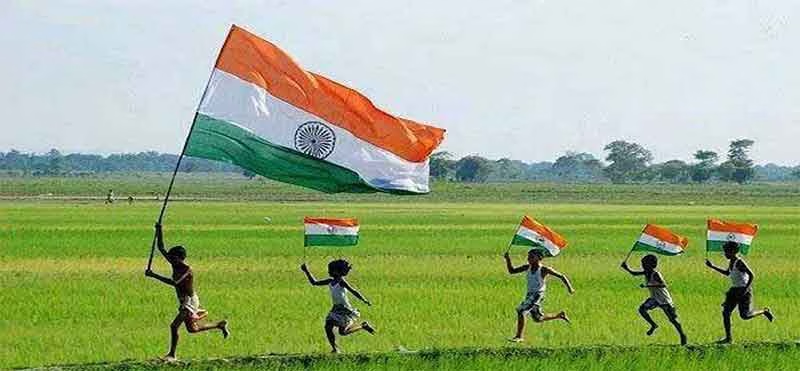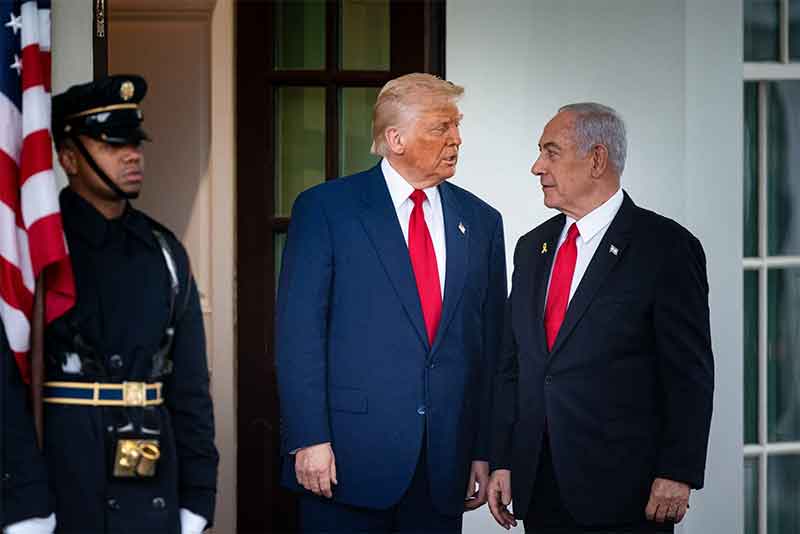
When communication strategies are given importance only from one angle without substantial consideration to recipients’ possible approach towards the same, chances of their succeeding beyond a point may be viewed as fairly limited. They may backfire. Limitation of this nature has restricted Bharatiya Janata Party (BJP) strength in Lok Sabha to just 240 seats. Thus though Prime Minister Narendra Modi has returned to power for the third term, BJP’s failure to win at least 272 seats cannot but be viewed as his and his party’s defeat from various angles. Given that Modi has always been viewed as a master strategist, this defeat also draws attention to where have his communication tools failed him. No communication strategy can ever succeed if it primarily gives importance to what the communicator desires to propagate and not to whether the directed recipients desire the same or not. Incidentally, this is where Modi has faltered.
It may be recalled, when he stepped onto the national stage for the first time to contest 2014 parliamentary polls, Modi gave great importance to his “secular” mask. This was probably viewed by him as essential to prevent voters from linking Gujarat-carnage (2002) with his political image. It is possible, if Gujarat-carnage, communal riots targeting Muslims, had not taken place, BJP-led coalition with Atal Bihari Vajpayee as Prime Minister may not have lost 2005 elections. Modi was Gujarat’s Chief Minister in 2002. BJP’s defeat in 2005 elections paved the way for Congress-led coalition with Manmohan Singh as Prime Minister to hold command for two terms till 2014. What must be noted is that communal carnage was primarily confined to Gujarat and its coverage did not provoke citizens across the country to the stage of communal violence. Rather, as 2005 results indicated, they chose to turn their back towards BJP. If perhaps, communal riots had not proved politically expensive for BJP in 2005, Modi may not have opted for the “secular” card as he did while campaigning in 2009. In view of BJP having faced defeat in 2005 primarily as a reaction to communal carnage in Gujarat, donning the “secular” mask was then viewed as a political necessity by Modi.
Modi had started preparing the stage for his entry onto the national stage while he was Gujarat chief minister. This was marked by selection of Amitabh Bachchan as the brand ambassador for Gujarat terrorism from around a year ahead of 2014 elections, Modi engaging in kite-flying with Salman Khan and so forth. Interestingly, he opted for reaching out to Bollywood celebrities and not those linked with saffron brigade. His priority was to opt for former as they had greater mass appeal and invited attention of the people in general. This was imperative to enhance his own image and increase its spread. This strategy definitely played an important role in helping people across the country become a little more familiar with Modi’s name than they had been prior to his joining national politics. If Gujarat’s image had not been tainted because of 2002-carnage, these moves may have not been considered as essential by him, to cleanse the state’s image and improve his political reputation. It may be noted, to this date- inclusion of several Bollywood celebrities in functions – linked with his name –is apparently viewed as essential by him. Amitabh Bachchan and few other Bollywood celebrities were present at the grandiose ceremony held at Ayodhya. Shahrukh Khan, Akshay Kumar, Anil Kapoor and few other stars from Bollywood were present at Modi’s oath-taking ceremony. Their presence helps these events gain greater media coverage and people’s attention, which also contribute to more publicity for Modi.
The preceding point needs to be noted as Modi’s communication strategies, specifically at the national level, have from the beginning been quite Modi-oriented. Their prior aim has been targeted to gain attention for himself. Initially, they certainly played the needed role, as suggested earlier, in helping people become know about more about him. These also helped a section become “committed” Modi-Bhakts or devotees. But that was it, as these electoral results have indicated.
Ahead of 2024 elections, the secular mask used in 2014 appears to have been almost cast aside and replaced by Modi appearing to be more “religious” than before. There is no denying that during 2024 electoral campaign, Modi went overboard in using the religious card. In addition to grand ceremony at Ayodhya, the same is suggested by his donning various religious attires in keeping with beliefs of Hindus in places he visited, his claiming to be “God-sent,” and the anti-Muslim rhetoric indulged in by his party members. These strategies failed to work. He probably assumed that Ayodhya-card backed by his religious strategies would help BJP return to power with more seats than before. Of course, all these cards were excessively Modi-oriented along with which great attention was paid to their media-coverage. Modi did succeed in propagating these moves as well as gaining media attention for the same. Certainly, people’s attention was gained but not their electoral support. Evidently, people had become extremely familiar with strategies used by Modi and also other politicians during their respective electoral campaigns. When Modi first made promises, they did give importance to his campaign. But over the years, as he settled in office, his communication strategies became more and more Modi-oriented. This was the primary flaw in his communication strategy from the very beginning.
In today’s era, when practically each and every average Indian prefers being master of his own self, the public was swept by Modi-frenzy only to the point where they felt it will benefit them. And from that point, they started giving greater importance to whether Modi had fulfilled the promises he had made during his earlier electoral campaigns. People started raising such questions, incidentally, from 2015 itself. In other words, they didn’t take long to start questioning the degree to which he had delivered the goods. Certainly, leaders from opposition parties and Indians from various walks of life criticized him. One may draw attention to criticism he earned for having stated in his first term that Indians born before 2014 were “ashamed” to be Indians. But that was also the phase when, communication and political strategies of rival parties were neither effective nor forceful enough to give him a strong electoral fight in 2019. Indian voters had no option but to give Modi a chance.
Subscribe to Our Newsletter
Get the latest CounterCurrents updates delivered straight to your inbox.
The utmost importance given by Modi and his team to their media-cells and indulgence in numerous media-oriented moves to propagate Modi’s image stand out substantially. Their rival parties may be viewed as hardly a match for them on this front. But, but 2024 results have certainly taught all a lesson. Voters too have mastered their art of electoral strategy and are well aware how to use their democratic rights as and when needed. It is hoped, that voters’ political message has been clearly understood by the new Indian government. Modi and other BJP leaders cannot win votes by indulgence in only extremely Modi-oriented communication strategies. These can backfire, proving electorally expensive, if voters aren’t pleased by what is delivered to them by power-holders!
Nilofar Suhrawardy is a senior journalist and writer with specialization in communication studies and nuclear diplomacy. She has come out with several books. These include:– Modi’s Victory, A Lesson for the Congress…? (2019); Arab Spring, Not Just a Mirage! (2019), Image and Substance, Modi’s First Year in Office (2015) and Ayodhya Without the Communal Stamp, In the Name of Indian Secularism (2006).












































